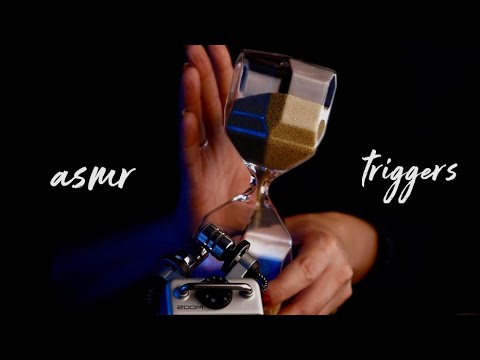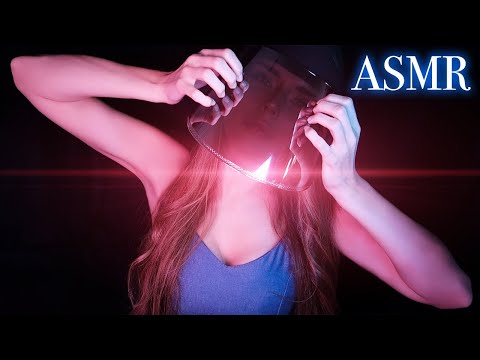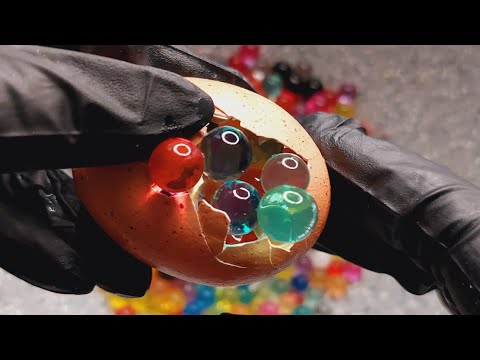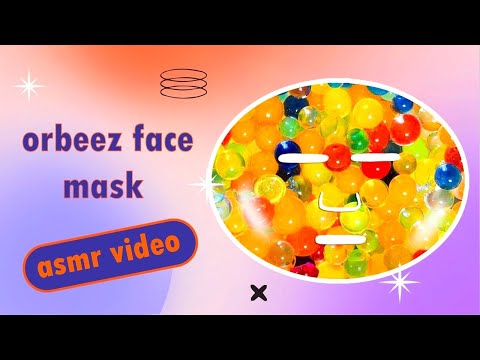ASMR Tingles Triggers oddly Satisfying Video
ASMR Tingles Triggers oddly Satisfying Video
ASMR Tingles Triggers oddly Satisfying Video
People often wonder what the tingling sensation in their ears is or what triggers the odd feelings in their heads. The odd feelings are known as ASMR—short for autonomous sensory meridian response. ASMR is a form of relaxation that involves listening to soft voices and watching calming videos. These triggers help people fall asleep and have positive effects on the body and mind.
Most ASMR triggers involve some sort of soft noise or light touch. Soft voices, light piano, gentle drumming, crinkling sounds and whispering are all common ASMR triggers. People also report feeling an overwhelming sense of peace after watching a video with strong tones such as deep speaking or nature sounds. Some people even say they experience a spiritual connection to the person speaking in their soothing video. For these reasons, many people find it beneficial to discover their unique ASMR triggers so they can relax more easily.
ASMR tingles produce a feeling of warmth in the body because of how calm they make people feel. They usually begin in the head and scalp before moving down through the entire body until it reaches the toes and fingers. People also report feeling a strong sense of relaxation with an ASMR trigger— which is why many find them so beneficial for alleviating anxiety and insomnia. Since these triggers produce such pleasant feelings, it’s easy to see why so many people use them for relaxation purposes.
While it’s easy to assume that everyone who watches ASMR videos experiences these triggered sensations, this is not necessarily true. People who experience ASMR tend to enjoy soft-spoken or whispery voices or watch nature-related videos for relaxation purposes. Whether you experience these sensations or not, listening to soothing sounds tends to be relaxing and beneficial to your health overall. #2 Although we tend to think of death as a universally negative thing, many cultures believe that death leads to a better place called “the afterlife” (1). Ancient civilizations around the world believed death was part of a journey toward an afterlife— which explains why funerals were such elaborate rituals attended by family members and other community members (2). Ancient Egyptians had over 150 different ways they could honor their deceased loved ones while looking after their own wellbeing at the same time (3). As far as symbolism is concerned, death has always been surrounded by mystery and symbolism— and this holds true today as well
Funerals are still important events that acknowledge loved ones who have died but do not ignore those who have died altogether— however, funerals can be somber events nonetheless. Death has always been shrouded in mystery due to its universal belief system that says everyone will someday die but go on afterward. Through funerals, cultures have expressed how important life is relative to death before passing along wisdom from their own beliefs system for millennia now
Fulfilling roles within society helps us cope with our mortality by providing us with role models we can look up to— whether those role models are real or perceived figures only Heaven knows! To quote Drudge “funerals make us feel like we’re going somewhere when we die too”– hence funerals are important events where we honor our dead while looking forward ourselves!#3 Many cultures around the world practice rituals surrounding death when someone dies because they believe this will help prepare the dying person for his or her journey into the afterlife (1). In Western society, funeral traditions tend net much change from those traditions — but there are still shared values present within our culture regarding how we view death and dying overall (2). The famous American poet Emily Dickinson understood this concept well when she wrote about loss “Dying? No . . . Not if I can choose When I shall cease This life shall be
Last updated:


![ASMR Invisible Triggers | Oddly Satisfying Triggers For Tingles [NO TALKING]](https://i.theasmrindex.com/uploads/thumbs/ke5MwTRt7lg.jpg)











